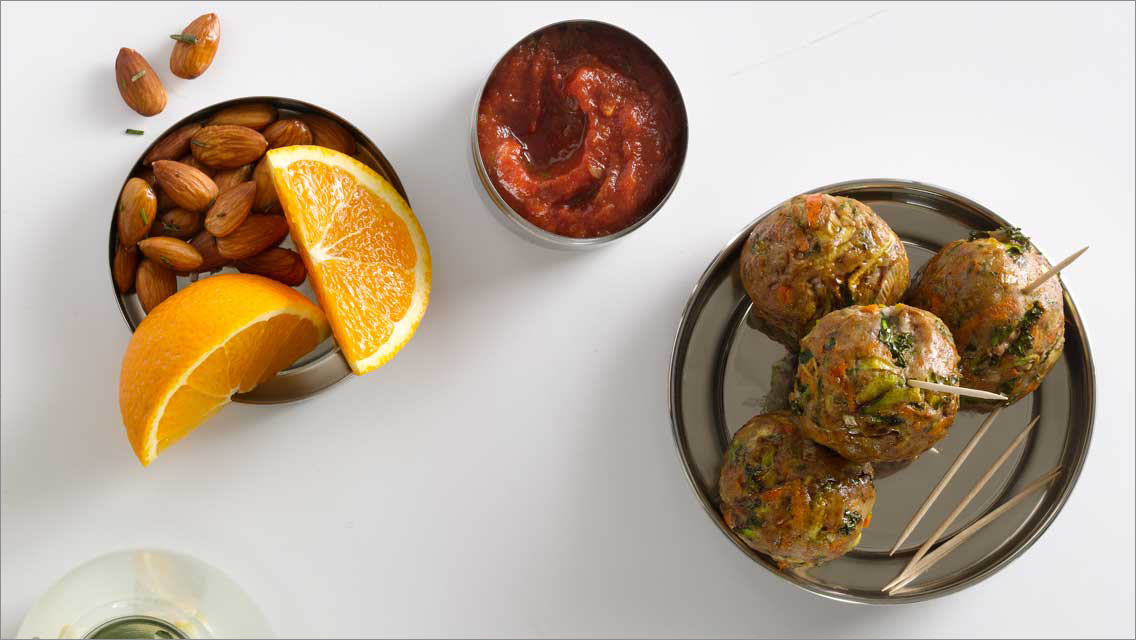Have you seen a typical school-lunch menu lately? If not, get yourself to the Internet and prepare for a shock: At most American schools, children live on diets made almost entirely of corn dogs, tater-tots, chicken nuggets and pizza. I’ve even seen one middle-school menu that offers pizza — from Papa John’s to Domino’s — five days a week.
Few 12-year-olds really know where their food comes from, which is particularly ironic considering that the traditional school calendar was created with summers off to allow children to help on the family farm. Instead, many kids today are simply harvesting bad food habits and a future of obesity-related maladies, from diabetes to heart disease.
That’s part of the reason why the current generation of children is the first in our history to have a lower life expectancy than their parents. What’s a thinking person who cares about children to do?
First, she could think about ways to teach children how to garden and cook. Then, she could encourage educators to bring gardens into the science-and-humanities curriculum, and to create school-lunch menus with much more wholesome and appealing options than pizza and corn dogs. It could be the start of a food revolution (or something close to one, anyway)!
This near revolution, called the Edible Schoolyard, has been taking place in Berkeley, Calif., since 1995, and it’s led by that doyenne of the organic movement, chef and author Alice Waters. Waters’s new book, Edible Schoolyard: A Universal Idea, details the journey she has been making with her young charges. It’s simply fascinating.
It all started when Waters made an offhand remark to a journalist that the local Martin Luther King Jr. Middle School’s unused, condemned cafeteria and adjoining unused paved lot were symbols of all that was wrong with our culture. It sent a clear message to local children: No one cared about them. The new principal of the school challenged Waters to do something about it, and the two worked together to replace the abandoned lot with gardens.
Today, 300 middle-school students visit this 1-acre garden every week as part of their science curriculum. They study plant structure, decomposition and other aspects of botany. There’s also a kitchen class — a sort of new-fangled home-ec — where students work in groups of 10 to harvest garden vegetables and cook them into lunches.
None of this is new, strictly speaking. Gardening was a core part of American school curriculums before World War II, when growing food to eat was seen as a necessary part of life. But factory-made food has become so common that Waters and her compatriots in the Berkeley school system were forced to create “an edible education.” They argued that a garden really does fit into the test-taking academic mission of a school: Journaling in the garden can be part of English classes, while studying (and eating!) vegetables fits into the health and nutrition curriculum.
Berkeley’s Edible Schoolyard has inspired school administrators across the country, leading to affiliated gardens in New Orleans, San Francisco and Greensboro, N.C. If you are likewise inspired, you can take that first step toward starting a food revolution by picking up a copy of Edible Schoolyard or checking out the Web site (www.edibleschoolyard.org). Or, you could plant a pot of kale or herbs to harvest, or set about making one of Waters’s delicious recipes, like the simple frittata at right.
Just because we find ourselves in a corn-dog-saturated moment in history doesn’t mean we have to lead corn-dog-saturated lives. Instead, we can lead a movement toward healthy, local eating that teaches our children not only where their food comes from, but how to grow it, cook it and even love it.
It’s a win-win for the many kids whose brains, hearts and muscles are currently supported five days a week by nutritional building blocks that are anything but stellar.
Carrot-Raisin Salad
Serves four to six Salad
- 10 carrots, peeled
- 1 cup raisins
Dressing (optional)
- 1 tbs. lemon juice
- Salt, to taste
- 3 tbs. olive oil
Grate the carrots into a bowl. Add raisins and mix well. Eat the salad like this or serve it on a little lettuce leaf. For the dressing: Stir lemon juice and salt together. Whisk in olive oil and toss with the carrots and raisins. Recipe excerpted from Edible Schoolyard: A Universal Idea by Alice Waters (Chronicle Books, 2008).|
Red Bean Stew
Serves four to six
- 3 cloves garlic, peeled and chopped
- 5 carrots, peeled and chopped
- 2 onions, chopped
- 2 bunches of greens (kale, chard, collards), washed
- 2 cups cooked beans (other beans may be substituted)
- 2 cups tomato sauce
- 10 cups vegetable stock
- 1/2 tsp. pepper flakes
- 1/2 tsp. coriander seeds
- 1/2 tsp. cumin seeds
- 1/4 cup olive oil
- 1 bay leaf
- Salt and pepper, to taste
Heat olive oil in a heavy-bottomed pot. Add the chopped garlic, carrots, onions and spices. Cook over medium-heat, stirring occasionally, for five minutes. Stir in the beans, tomato sauce, greens, vegetable stock, salt and pepper. Bring to a boil, then turn down to a simmer and cook until the greens are tender, about 10 minutes. Season to taste with salt and pepper. Serve with crusty bread and butter. Recipe excerpted from Edible Schoolyard: A Universal Idea by Alice Waters (Chronicle Books, 2008).
Frittata
Serves six to eight
- 8 to 10 eggs
- 2 to 3 cups assorted fresh vegetables and herbs
- 1/2 cup grated cheese
- 2 tbs. water
- 1 1/2 tsp. salt
- 1/2 tsp. freshly ground black pepper
- 2 tbs. olive oil
Preheat the oven to 375 degrees F. Crack the eggs into a large mixing bowl and whisk just to blend. Set aside.
Wash and roughly chop the vegetables and herbs. Add 1/4 cup (half) the cheese, the water, and the salt and pepper to the eggs; stir to blend.
In a large cast iron skillet, heat the olive oil over medium heat. Add the vegetables and herbs and cook until they are tender but not completely cooked. Pour the egg mixture over the vegetables and herbs; stir to blend. Heat until the eggs are half cooked. Do not overcook, since the frittata will finish cooking in the oven.
With the back of a spoon, smooth the top of the frittata and top with the remaining cheese. Transfer the skillet to the preheated oven and bake for about 15 minutes, until the frittata is puffy and golden brown. Remove the frittata from the oven and let it cool for a few minutes before slicing into wedges like a pie.
Recipe excerpted from the Edible Schoolyard Web site: www.edibleschoolyard.org.




This Post Has 0 Comments